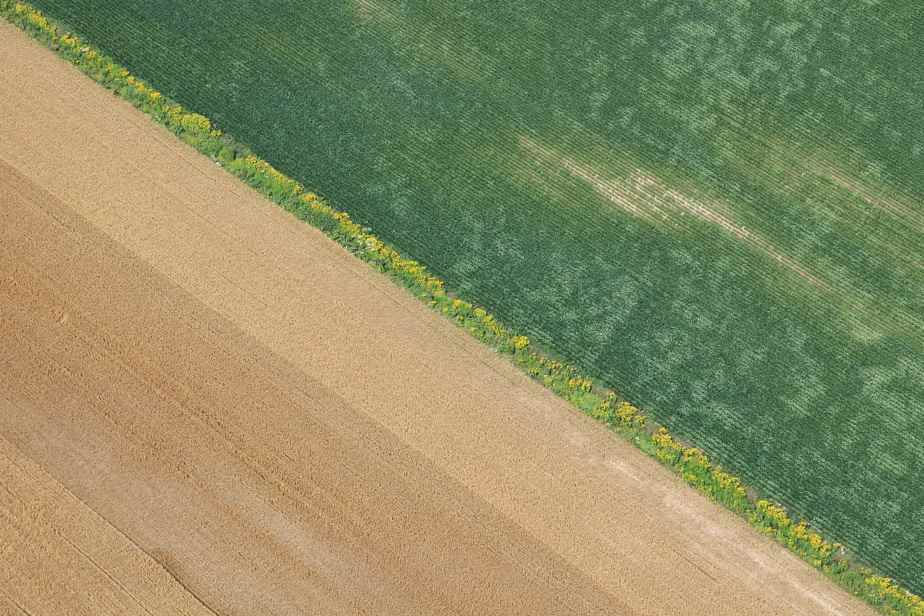Twenty-eight million and seven hundred thousand dollars (28.7 million). This is the price that Quebec taxpayers had to pay to acquire the agricultural land known as the land of the Sisters of Charity, named after their former owners.
Posted at 1:00 p.m.
Let’s start by pointing out that this acquisition is excellent news. These lands, which extend over 203 hectares, are of good agronomic quality and have been cultivated since the 17th century.and century. They have also become a symbol since the project to dezone them to build a residential area was blocked by the government, which refused to include them in the urban perimeter of Quebec City. This acquisition is also a victory for all the citizen groups who have mobilized so that this land can retain its agricultural vocation. The government, which plans to turn these lands into an innovative multifunctional agropark project, has now committed to start a consultation process. Citizens and associations interested in what will happen will be able to submit their proposals. This consultation is important for building a collective project with the stakeholders who fought to avoid dezoning and which the citizens of the metropolis can take ownership of.
On the other hand, little attention was paid to the price paid: 28.7 million dollars for 203 hectares is more than $141,000 per hectare. Is this the price of agricultural land? No. We are way above.
In 2021, farmland sold on average between $3,700 per hectare in the least expensive region (Abitibi-Témiscamingue) and $46,500 in the most expensive region (Montérégie). Clearly, the Quebec government had to pay to acquire the land of the Sisters of Charity more than three times the average price of the value of agricultural land in the most expensive region of Quebec.

PHOTO ERICK LABBÉ, THE SUN
The Minister of Agriculture, André Lamontagne, and Sister Monique Gervais, Superior General of the Sisters of Charity
However, Quebec has a law, the Act respecting the protection of agricultural territory and activities (LPTAA). These lands are zoned green, meaning that they are protected by this law for agricultural use. Attempts by the Dallaire Foundation, promoter of the residential project supported at the time by the former mayor of Quebec, to dezone them have failed.
Speculative drift
How is it then that we pay so much for them? The speculative drift in the price of agricultural land in urban areas bears witness to the difficulties encountered by the LPTAA in fully playing its protective role. If, during the first transaction, the Dallaire Foundation agreed to pay $39 million to acquire these lands, it was obviously on the assumption that these lands would be dezoned. The same is true in many urban outskirts. Admittedly, the government pays them today much less than the sum disbursed by the Dallaire foundation. But the fact remains that if the protection provided by the LPTAA appeared more solid, if speculators lost really big by betting on a dezoning that would not happen, the ardor would calm down and we could have acquired these lands at their true agricultural price. , or about $40,000 per hectare.
Meanwhile, in certain more remote rural areas, where agriculture sometimes struggles to fully occupy the territory reserved for it, small rural municipalities are slowly dying out, precisely because they sometimes cannot spread out a little.
At the same time, other rural areas are gentrifying and welcoming well-to-do populations capable of acquiring large agricultural areas to the detriment of local populations and new agricultural projects.
Even though the Commission de la protection du territoire agricole du Québec (CPTAQ) has a mandate to take local issues into account, particularly those relating to the vitality of communities, before making its decisions, it is probably time to reflect on what should be done so that the LPTAA truly protects agricultural land in areas threatened by urban sprawl, takes into account the social inequalities in access to land that are increasingly emerging and at the same time allows local authorities more peripheral to be able to reinvest the ranks and inhabit the territory with multifunctional projects.
